What Is In a Water Moccasin Shot and How It Tastes?
Explore the intriguing Water Moccasin shot—from its ingredients to its smooth, fruity flavor. Perfec...
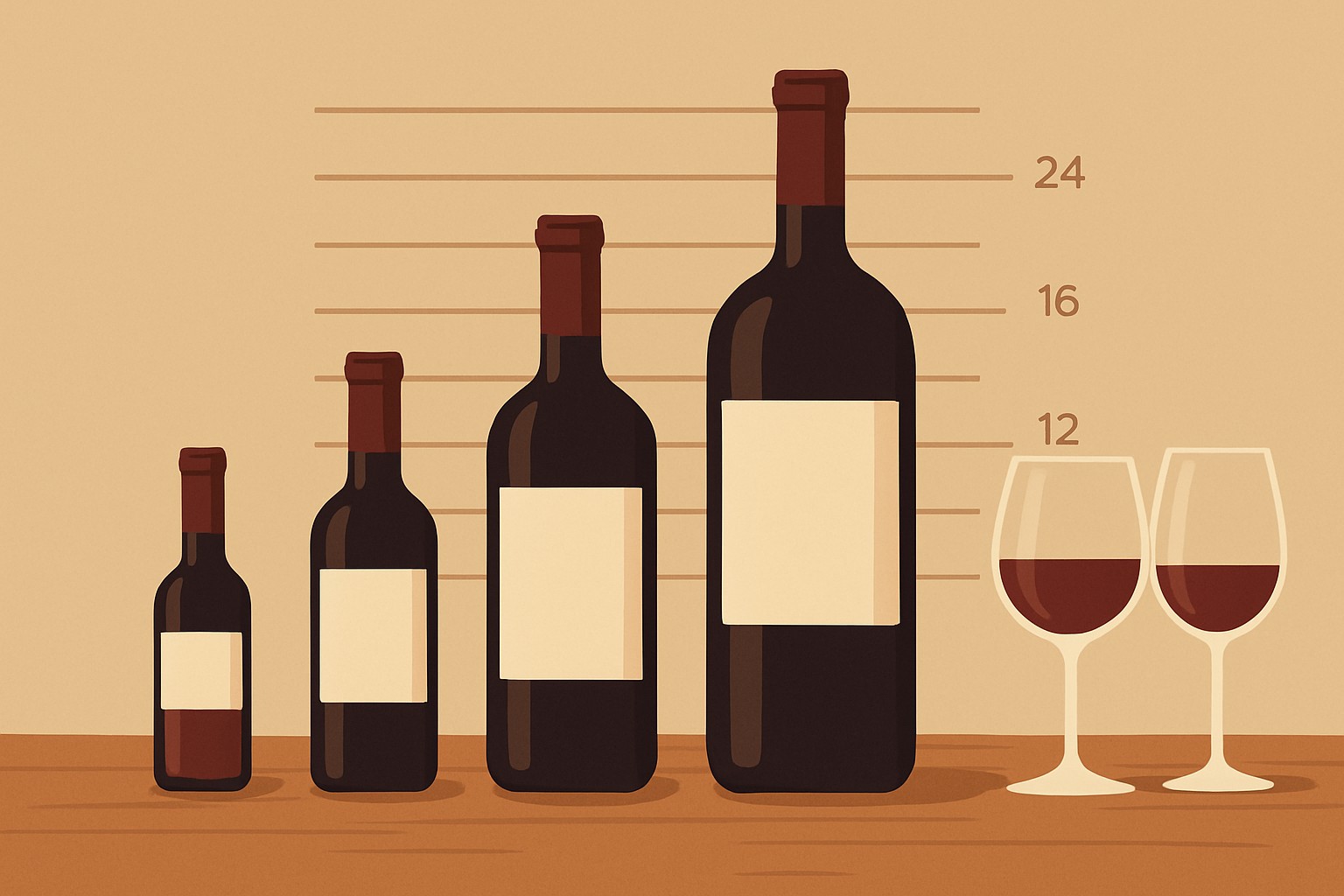
When you reach for a bottle of wine, you might wonder just how many ounces are in a bottle of wine. Wine volume is typically measured in ounces but with many quirky bottle sizes, it’s not always easy to figure out exactly how many you’re getting or why that detail matters. This guide breaks down the most common wine bottle sizes and their ounce capacities.
Wine bottles come in various sizes with traditional names and specific volumes. They range from tiny single-serve bottles perfect for a taste to large formats that stand out at celebrations. These sizes affect how much you pour by the glass and how long the bottle lasts plus the best way to store it to preserve flavor. The standard bottle holds 750 milliliters. Smaller options like the split or half bottle contain less. Magnums and larger bottles usually hold several liters and are highlights at events. Learning about these sizes and their ounce equivalents helps you make smarter choices when buying, serving or storing your favorite wine.
| Bottle Size Name | Volume (ml) | Volume (oz) | Typical Uses/Occasions | Number of Standard Servings (5 oz each) |
|---|---|---|---|---|
| Split (Piccolo) | 187 | 6.3 | Just right for a solo treat, flights, or when you are on the move and don’t want to carry a full bottle | 1 |
| Half Bottle (Demi) | 375 | 12.7 | Perfect for sharing with a friend, tasting sessions, or if you prefer to keep things light | 2-3 |
| Standard Bottle | 750 | 25.4 | The trusty classic for everyday sipping, meals, and those casual get-togethers | 5 |
| Magnum | 1500 | 50.7 | Made for celebrations that call for a little extra oomph and bigger groups | 10 |
| Jeroboam | 3000 | 101.4 | Save this one for those big, memorable occasions where plenty of guests want to raise a glass | 20 |
A typical wine bottle holds 750 milliliters which is about 25.4 fluid ounces. From there things get more interesting. Half bottles pack roughly half the punch while magnums carry twice the usual amount, perfect for those who like to celebrate in style. These size differences don’t just change the total wine volume; they also dictate how many glasses you can pour before the bottle runs dry.
Knowing how many ounces are in a bottle of wine is like having a secret weapon for figuring out how many glasses you can pour. It really comes in handy whether you’re throwing a dinner party, celebrating a special occasion or simply savoring a glass responsibly at home. Serving sizes tend to shift depending on the vibe—from tiny tasting sips to generous pours that accompany a meal—so having a handle on the ounce count lets you tweak the amounts just right.
| Serving Type | Typical Serving Size (oz) | Number of Servings per 750ml Bottle |
|---|---|---|
| Regular Glass | 5 | Usually about 5 |
| Tasting Pour | 2 | Typically around 12 to 13 |
| Large Pour | 6 | Generally roughly 4 |
It's funny how something as simple as the size of a bottle can really throw a wrench into your shopping decisions. You might think bigger means better deal, right? But as it turns out, the price tags don’t always play along as you would expect. Whether you are stocking up for a party or just grabbing your usual, that little bottle size can tip the scales in surprising ways. Let’s dive into how exactly bottle sizes sway both prices and what ends up in your shopping cart.
Grasping the ounce content across different bottle sizes is a handy trick for anyone looking to size up wines beyond just the sticker price. When you break it down to cost per ounce, the true value starts to shine through. Larger bottles often deliver more bang for your buck, plus they have a knack for aging gracefully thanks to their slower pace of oxidation.
Beyond the usual bottle sizes we all know, wine comes in a fascinating range of unique and historic formats each with its own intriguing name and different capacity. These special sizes are often reserved for particular wines, festive celebrations or the needs of aging gracefully.
| Bottle Name | Volume (Liters) | Volume (Ounces) | Common Wine Types Stored in These Sizes |
|---|---|---|---|
| Demi | 0.375 | 12.7 | Whites, rosés, and those charming little red bottles you often see paired up for couples or tastings |
| Magnum | 1.5 | 50.7 | Reds and whites, a trusty favorite for parties and aging gracefully over time |
| Jeroboam | 3 | 101.4 | Champagne and sparkling wines, perfect for when the celebration calls for a bit more sparkle |
| Rehoboam | 4.5 | 152 | Champagne and sparkling wines, usually popping corks at those special, memorable celebrations |
| Methuselah | 6 | 202.8 | Prestigious fine wines and champagnes, often stealing the show at large gatherings |
| Salmanazar | 9 | 304.2 | A rather rare beast, typically reserved for collectors and those grand, unforgettable events |
| Balthazar | 12 | 405.6 | Extremely rare, these make quite the statement at exceptional events and show bottles |
| Nebuchadnezzar | 15 | 507 | The biggest kid on the block, mostly hanging out for display or the very largest celebrations |
Knowing these famous bottle sizes and their ounce capacities adds an extra layer of meaning to your wine knowledge and appreciation. When you buy or serve wines from these sizes, you're not just pouring a drink—you're tapping into a time-honored tradition that celebrates both the wine itself and the shared moments that come with it. Whether you're selecting a Methuselah for a birthday bash or a Magnum for a cozy dinner gathering, understanding how many ounces are in a bottle of wine helps you make savvy choices for every occasion.
26 posts written
Beatrice bridges the gap between human behavior and sustainability through compelling narratives that inspire action.
Read Articles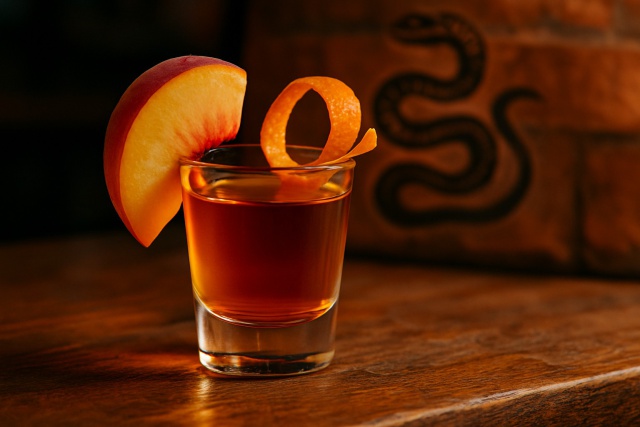
Explore the intriguing Water Moccasin shot—from its ingredients to its smooth, fruity flavor. Perfec...
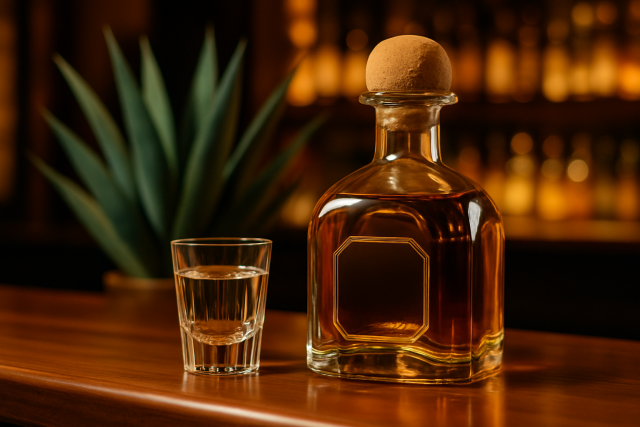
Dive into the costs behind a shot of Patron tequila and see how it stacks up against other premium b...
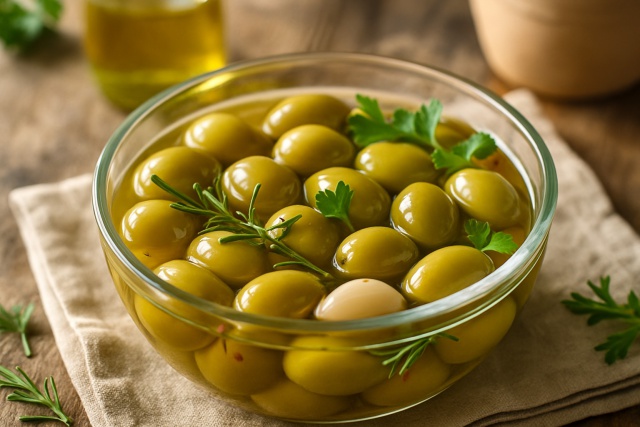
Discover how to cure olives with lye quickly and safely. Our detailed guide breaks down every step t...
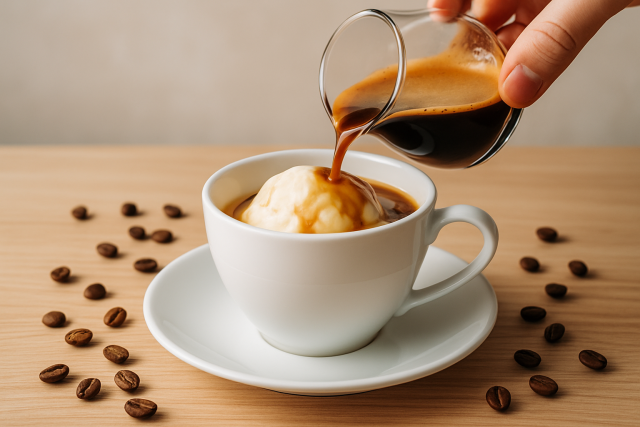
Unlock the secrets of the perfect affogato coffee cup. Explore design, materials, and temperature co...
